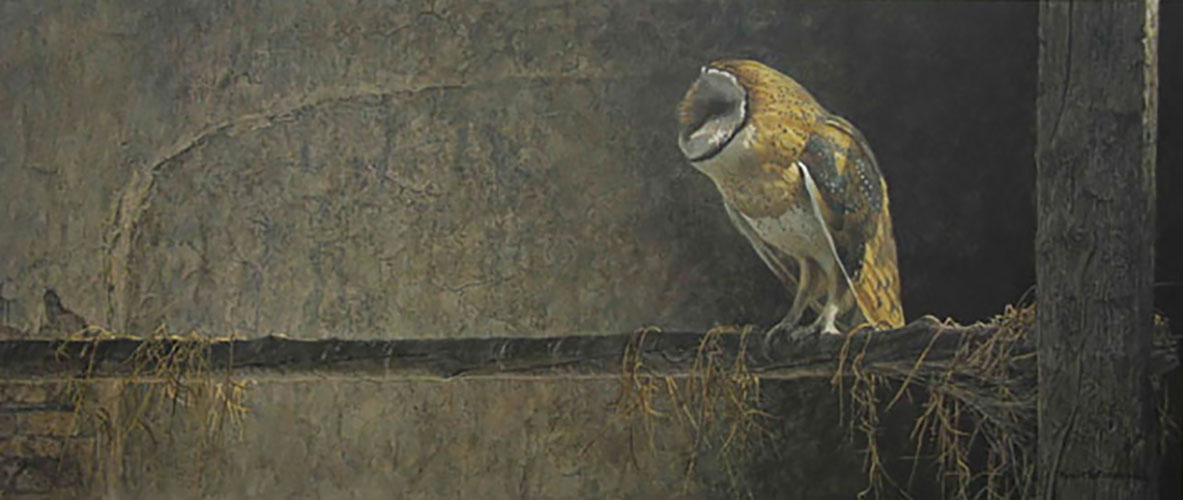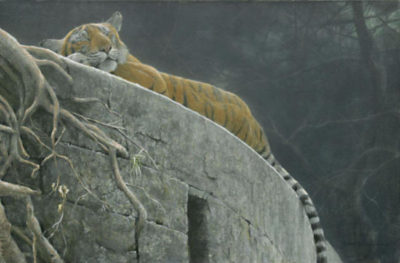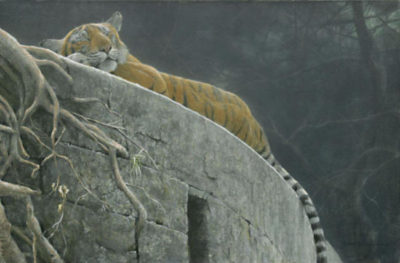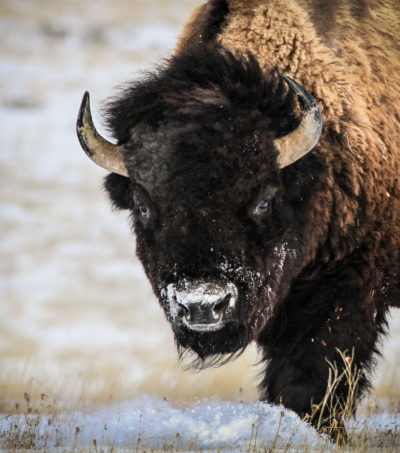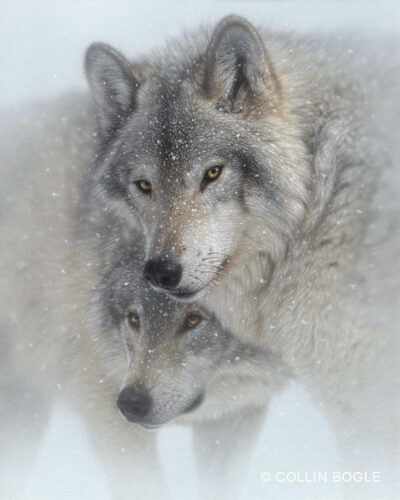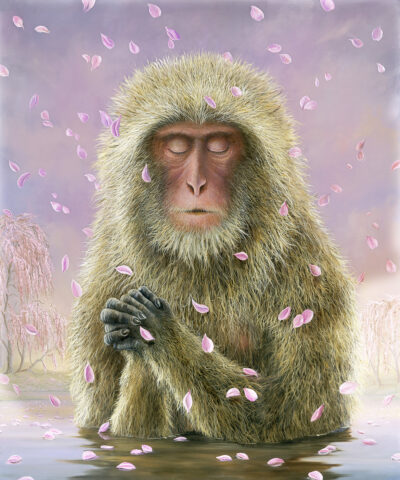Catching the Light
Artwork Description
“The most intriguing artistic challenge in this painting was to capture the quality of the slash of light striking across the feathers of the owl, breaking up the obvious shape of the bird into a new and fleeting pattern.” The barn owl has a wide distribution throughout the world’s tropical and temperate areas. In recent decades, however, its numbers have been declining in many parts of its range. Various theories have attempted to account for this decline, including pesticides as well as the increase of automobiles, since barn owls often swoop low at night.
During the year our family spent in Germany, we lived in a typical, big old Bavarian farmhouse, one end of which was a huge barn. Ancient and rustic buildings strongly appeal to me, not only to my sense of nostalgia and imagination but also to my sense of visual aesthetics — I simply like the look of them. Compared to the average suburban mall, a prefabricated structure that is designed to be impermeable, a barn has rich and organic surfaces which show the work of the hands of the men who built them so long ago. Barns show the patina of age; with physics, chemistry and biology all working together on their surfaces, they grow and develop in a living, organic manner even though they are just buildings.
Although I did not actually see an owl in our barn, I knew that they must have been there in the past, and I felt their presence on the dusty, cobweb-laden rafters. The most intriguing artistic challenge in this painting was to capture the quality of the slash of light striking across the feathers of the owl, breaking up the obvious shape of the bird into a new and fleeting pattern. I deliberately cast the owl’s face in shadow — almost “threw it away” — a sacrifice to artistic intent which perhaps adds to the sense of elusive mystery of this vulnerable bird.
– Robert Bateman

